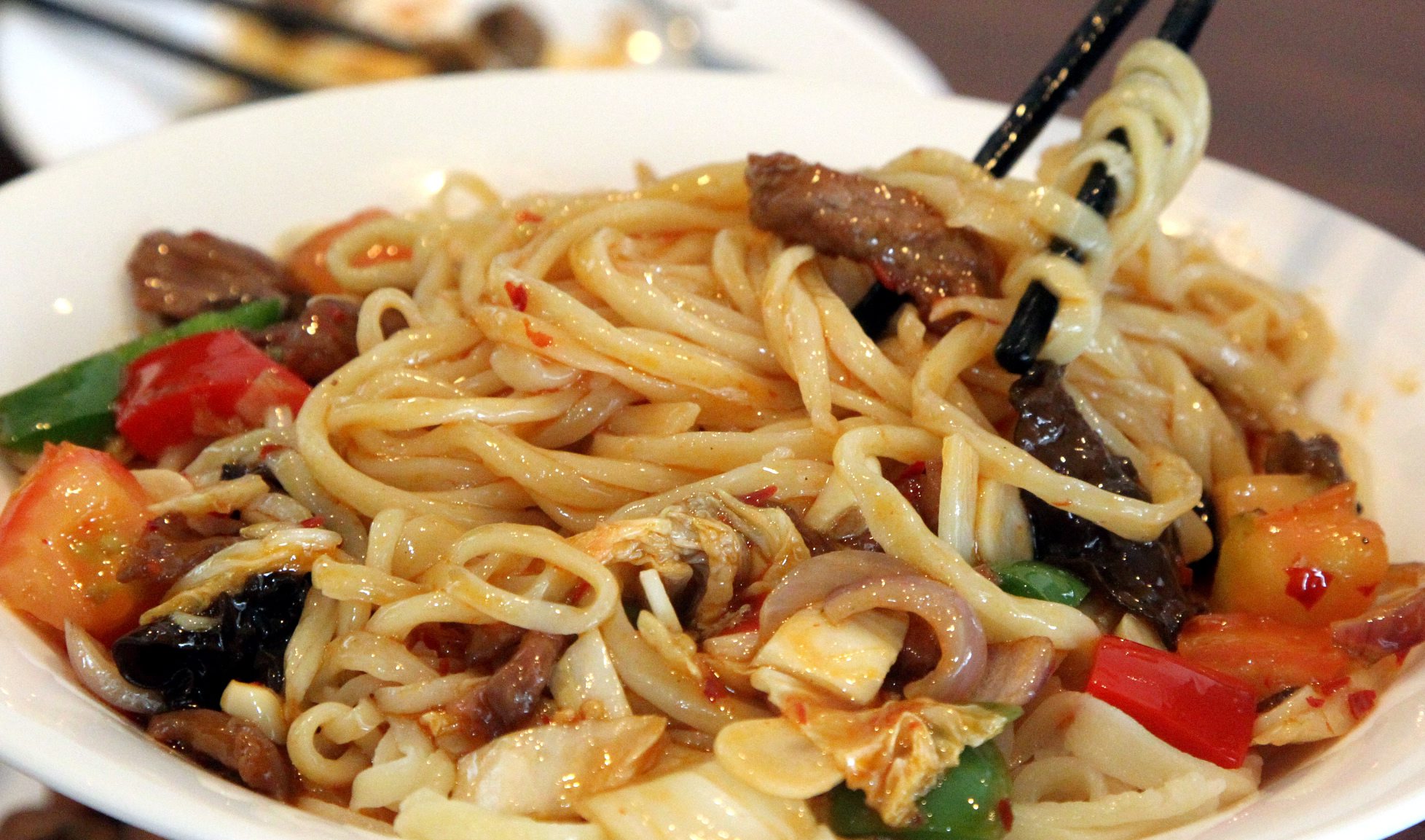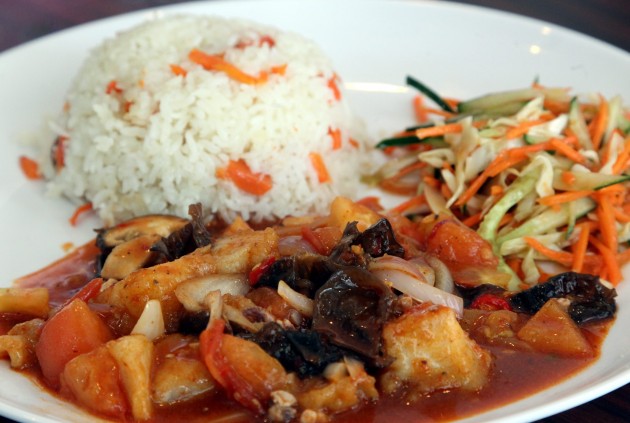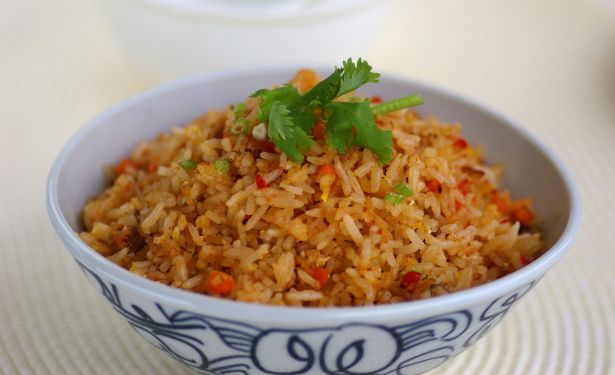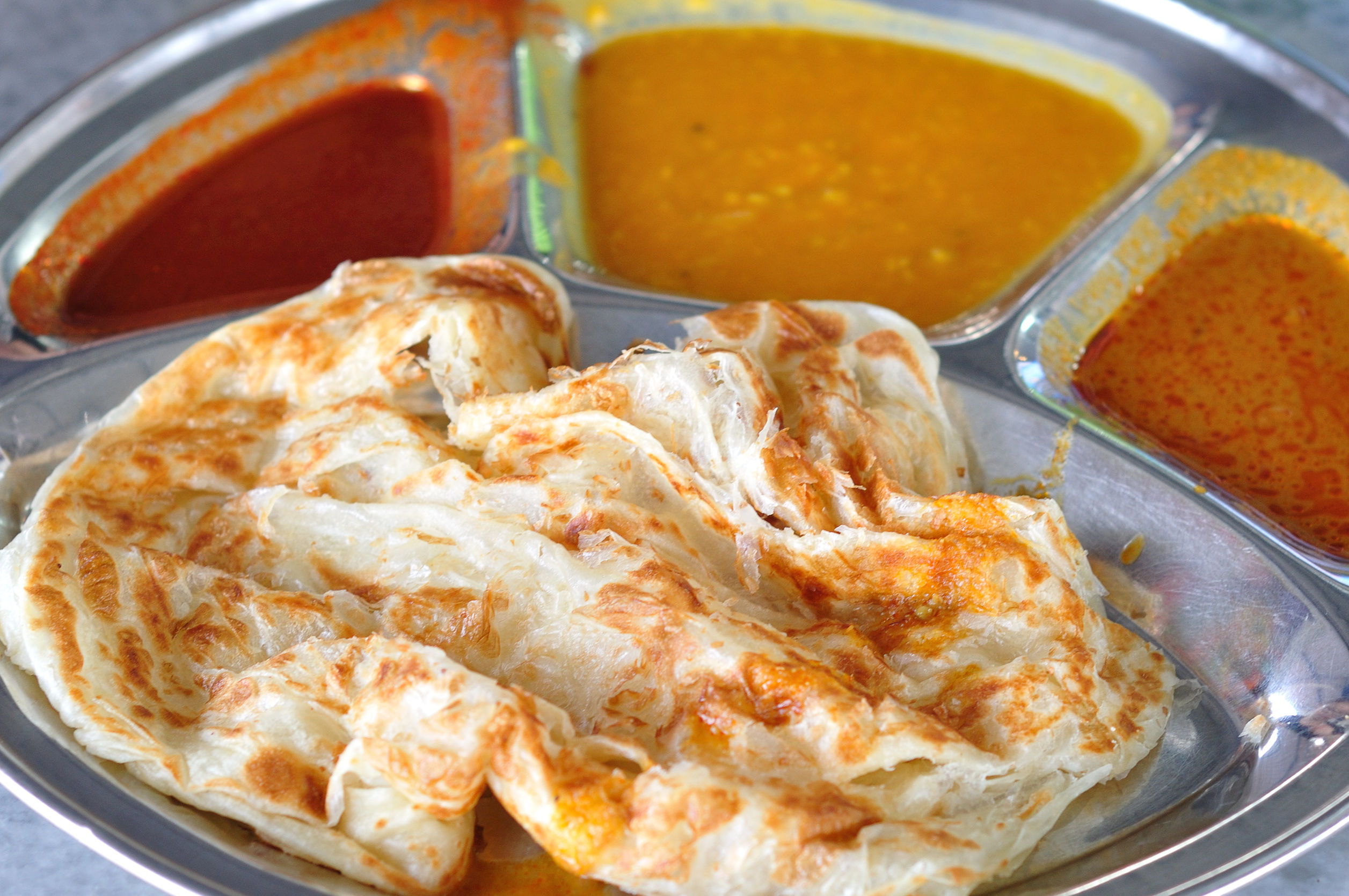AL-AMIN XINJIANG MUSLIM RESTAURANT,
SSTwo Mall,
G – 53, Ground Floor,
40, Jalan SS2/72, Petaling Jaya
Tel: 03- 7931 9588
Business hours: Noon to 10pm daily
Halal.
XINJIANG cuisine is well-known around the world, thanks to its unique flavours.
Located in the northwestern part of China, the state’s cuisine is a colourful mix of cultures and tastes from various ethnic groups, ranging from Han Chinese and border countries, including Uyghur, Kazakhs, Tajiks, Kyrgyz and Mongols.
As the population is mostly Muslim, the food is often halal.
Malaysians in the Klang Valley can now satisfy their craving for Xinjiang food at the Al-Amin Xinjiang Muslim restaurant in SSTwo Mall, Petaling Jaya.
The restaurant has been operating for over two years and recently opened a second eatery in Sunway Giza, Kota Damansara.

he interior of the Al-Amin Xinjiang Muslim Restaurant in SSTwo Mall is clean, tidy and able to seat 120 to 150 guests.
Al-Amin is the brainchild of Xinjiang native, Musa Ma Jian Ee, a chef with over 30 years’ experience in five-star hotels all over China.
“I decided to share the local specialities of Xinjiang with Malaysians, as there is also a large Muslim population here,” said Ma, 55.
While some of the dishes are authentic Xinjiang, others have been tweaked to suit the local taste buds and Ma even came up with new ones incorporating influences from the region.
One of their bestsellers is the Braised Lamb with Carrot.
The carrots were done just right without being too soggy or crunchy, while the meat cutlets were fall-off-the-bone tender and had a good balance between lean and fat.
“The lamb needs to be soaked for two hours, before draining and boiling for a further two hours to ensure the meat is cooked thoroughly,” shared Ma, adding that the meat was imported from New Zealand.
Before serving, it is lightly pan-fried and cooked in oil with chopped chunks of carrot and a special sauce added. Another authentic speciality is the Xinjiang Lamian with Deep Fried Lamb.
The colourful dish comprises hand-pulled noodles (lamian) topped with lamb chunks, green and red capsicums, tomatoes, red onions and tossed in a delightfully smooth sauce.
Then there was the Xinjiang Steamed Bun, thin-skinned buns resembling the traditional Chinese gaozi (dumplings), but with onions and mutton instead of chicken or pork.

The Xinjiang Steamed Bun resembles traditional Chinese dumplings (gaozi) but are filled with mutton and onions instead of pork and chicken.
The crispy, slightly chewy skin wrapped around the hot and juicy filling was like a nicely wrapped present for the tummy.
Surprisingly, the gamey flavour common in mutton was absent, making for a pleasant dining experience even for people like myself who do not favour the meat due to its strong smell.
Ma has also come up with his own recipes, incorporating elements from Xinjiang cooking but tweaked to suit local tastes, such as the Polo Rice with Fish.
The dish is served with vegetables and comes with fish cooked in sambal sauce and rice steamed with carrots and raisins for a sweeter taste.
Another dish is the Sweet and Sour Fish, cooked with watermelon or papaya with lemon and orange drizzle.
“The weather in Malaysia is hot so it is good to eat more fruit for a balanced meal,” said Ma.
I found the sweetness a tad overpowering, although the seafood chunks were very fresh.
“In China, nutrition is just as important as the taste, smell and visual appeal so we try to incorporate this in our cooking,” said Ma.
For thirst quenchers, try the Papaya and Sago juice — a blend of ice cream, papaya, sago and milk.
Although milky, it is not overpoweringly creamy and had a refreshing taste.
Xinjiang Muslim Tea is another great beverage, with purported health benefits such as increasing appetite and slowing down the aging process.
The drink is made by boiling apricots, Chinese hawthorne, red dates and lotus seeds.
“We don’t use ice in our cold drinks as the water will dilute the taste so we keep them refrigerated,” said Ma.
This is the writer’s personal observation and not an endorsement by StarMetro.







